The price of stability
.
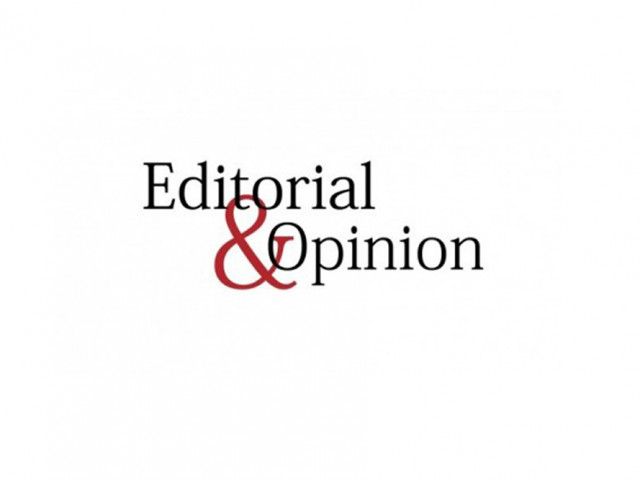
The price of gold has been experiencing a phenomenal rise in recent days. Despite a recent dip of some 40 thousand rupees per tola i.e. 11.6 grams, the precious metal (22 karat) was still being sold in Pakistan at Rs387,472 as of the past Friday. As the per tola price of gold was around Rs60,000 in 2019, this comes to around 600 per cent increase in seven years — something that makes the recent dip look meagre, more so in view of the purchasing power of an average Pakistani citizen.
In Pakistan, gold is meant to be the ultimate safety-net for families, carefully collected over one's lifetime and given to their next of kin, usually daughters on their wedding day. When families struggle to put food on the table, such investments are merely a fool's dream. The soaring cost of gold has begun to erode the very security it symbolises. For lower- and middle-income families, purchasing gold for weddings or savings has become quite impossible. Many have turned to artificial jewellery or silver, changing cultural practices that have endured for generations.
While options for the average middle-income family have hollowed out, the top ten per cent of the Pakistani population with ample money to spare view this as a prime opportunity to invest. The ever-rising price of gold has become a reliable hedge for investors against inflation and the deprecating rupee, gradually bringing up the investment demand and reducing jewellery demand, according to the World Gold Council.
This financial and cultural divide — where the rich get richer and the poor are left to pray — is contributing to an ever-widening socio-economic gap which will not only impact how people save but also their ability to climb the social ladder in forthcoming generations. And when a country fails to offer its people ease in social mobility, it consequently mars its own growth.




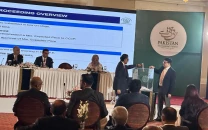


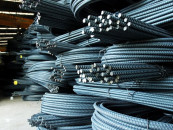
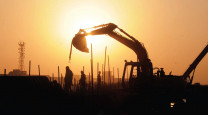
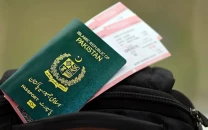




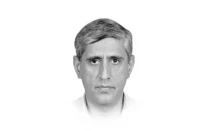

COMMENTS (1)
Comments are moderated and generally will be posted if they are on-topic and not abusive.
For more information, please see our Comments FAQ